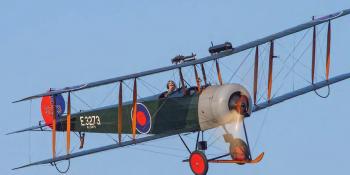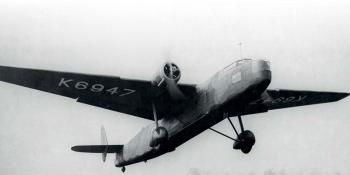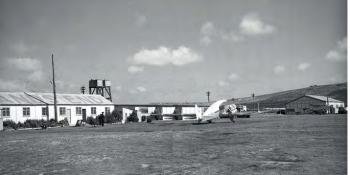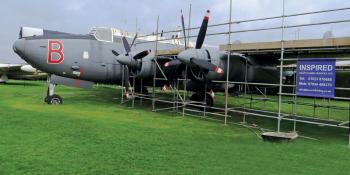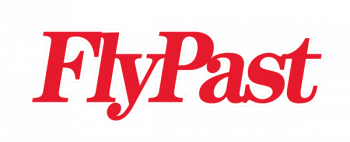When World War Two ended, de Havilland had turned from a light aircraft specialist to a giant of the British industry. Ken Ellis describes the tragedies among its triumphs
MANUFACTURERS DE HAVILLAND
When Britain declared war on Germany in September 1939 the de Havilland factory at Hatfield, Hertfordshire, was busy building Flamingo twinengined airliners, Dragon Rapide transports and the military crew trainer version, the Dominie, and Moth Minor and Tiger Moth trainers.
This was a good product line but de Havilland (DH) was small beer compared with Hawker and the other members of the Hawker Siddeley conglomerate or Vickers and its subsidiary, Supermarine.
By the end of 1945 DH had evolved beyond the wildest dreams of its founder, the pioneer aviator and designer Sir Geoffrey de Havilland, and had acquired Airspeed in 1940 – largely for its factory and workforce at Christchurch, Dorset. (See the panel on page 123.)
Not far from Hatfield, the company was running a ‘shadow’ factory at Leavesden, and from 1948 took over the massive assembly plant at Hawarden, near Chester, previously run by Vickers, as new designs moved from the drawing board to the production line.
Prior to 1939, DH had created the popular G…

